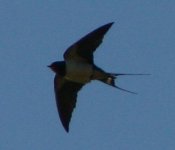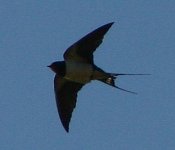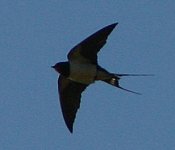
For anybody out there using Photo Elements 2.0, wouldn't mind some opinions on sharpening settings - amount, radius and threshold. Though it obviously depends on the sharpness of the original, does anybody have any preferred settings? (for prints in particular, but also use on computer).
Generally I have preferred to avoid sharpening, but have recently started on some what I would consider moderate sharpening (85, 1.0, 4).
Generally I have preferred to avoid sharpening, but have recently started on some what I would consider moderate sharpening (85, 1.0, 4).








